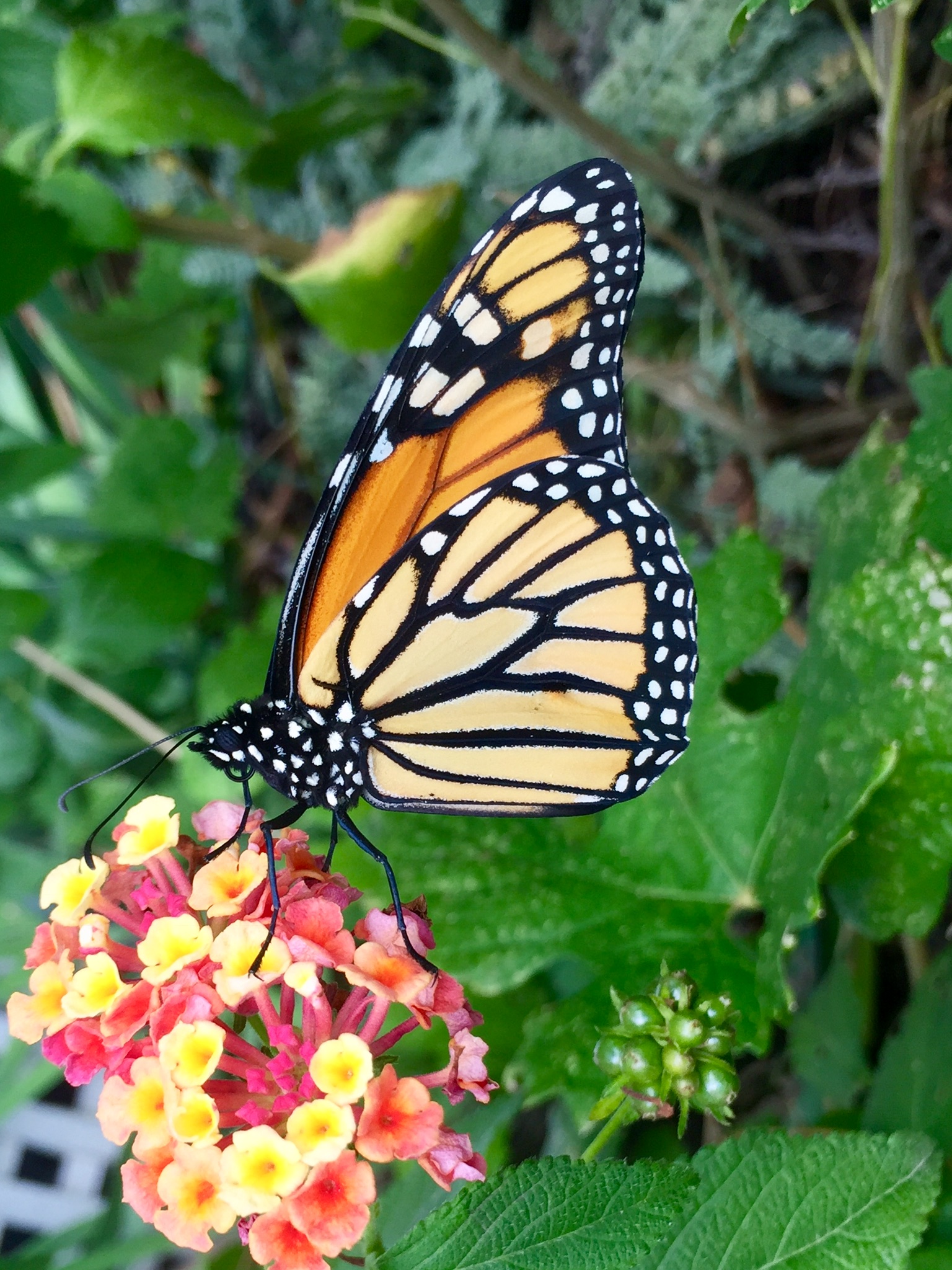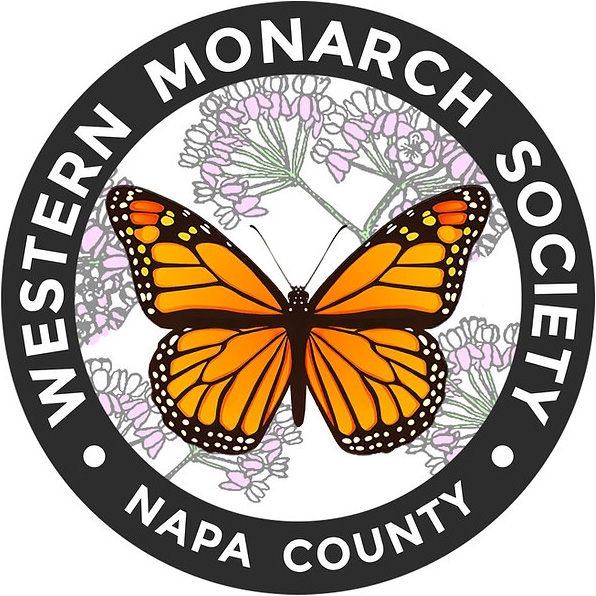Our Story
The Western Monarch Society began as a collaboration to create solutions to the decreasing native pollinator populations in Napa County and the West.
The Problem
Scientific monitoring indicates that the western monarch butterfly is in deep distress, losing over 95% of its population in the past 30 years. Much of this decline results from the loss of the single source of food for monarch larvae – the native milkweed plant – which for many years has been decimated by herbicides, habitat loss, and climate change. The monarch butterfly is an indicator species. In other words, if a species that was once so prolific is severely struggling, most other native pollinator species are struggling as well.
Most conservation scientists say the best thing to do to help save monarch butterflies and other native pollinators is to create safe habitat by planting native host plants and nectar plants in pesticide-free areas. The monarch butterfly’s host plant is native milkweed – it is the only plant the monarch caterpillar will eat. Milkweed is essential for the species’ survival. However, native milkweed is not readily available, is not very easy to start from seed, and a lot of nurseries sell the wrong variety or sell out of the correct varieties very quickly.
Our Solution
We believe in “Education Through Action.” When we realized people needed native plants to help with native pollinator conservation, we combined our knowledge of growing plants and understanding of insect life cycles with our land resources and connections. So we grew thousands of plants and gave them away for free to our community members. All we ask in return is that people who receive our plants take a pledge to care for the plants in pesticide-free areas and map their plantings on the Xerces Society’s Monarch Milkweed Mapper. We also serve as a liaison between land stewards and educational opportunities through greater entities such as the Xerces Society, Monarch Joint Venture, local Resource Conservation Districts, Pollinator Partnership and the California Department of Fish and Wildlife.

Accomplishments:
- We have given away thousands of native milkweed plants (Asclepias speciosa, fascicularis, and eriocarpa) and thousands of native nectar plants (cobweb thistle, phacelia, coyote mint, solidago) to land stewards (individuals, schools, vineyards, businesses, nurseries, community gardens) in Napa, Mendocino, Sonoma and Lake Counties.
- Partnered with our Mayor to take the Mayor’s Monarch Pledge, providing municipal support to local monarch conservation
- Partnered with the City of St. Helena to proclaim May as “Monarch & Pollinator Awareness Month”
- Partnered with our local movie theater, Cameo Cinema, to screen “Flight of the Butterflies,” followed by a Q&A and plant giveaway
- Partnered with local community art center, Nimbus Arts, on pollinator awareness art murals and lecture series
- Partnered with our local Farmers’ Markets on educational pollinator themes and guest speakers
- Partnered with local communities indigenous to Michoacán for community gardens
- Initiated an exchange program with local nurseries – we replace their non-native tropical species with our native species.
- Developed a roadmap for other counties to follow
- Partnered with the Napa RCD and local vineyards to apply for plant kits with Xerces Society and Forest Service
- Partnered with the Napa RCD on a new Monarch Work Group
- Partnered with a state-wide milkweed plant propagation group to develop best practices
Next Steps:
- Source and propagate early season native milkweeds (Asclepias cordifolia)
- Source and propagate more seasonal native nectar plants
- Collaborate with the Xerces Society and Napa RCD to develop best practices for planting milkweed and host plants around organic vineyards and farms
- Develop a roadmap for vineyard owners and managers to implement conservation culture
- Connect land stewards with grants for large scale conservation projects
- Partner with interested parties to achieve “Bee City USA” certification in our county
